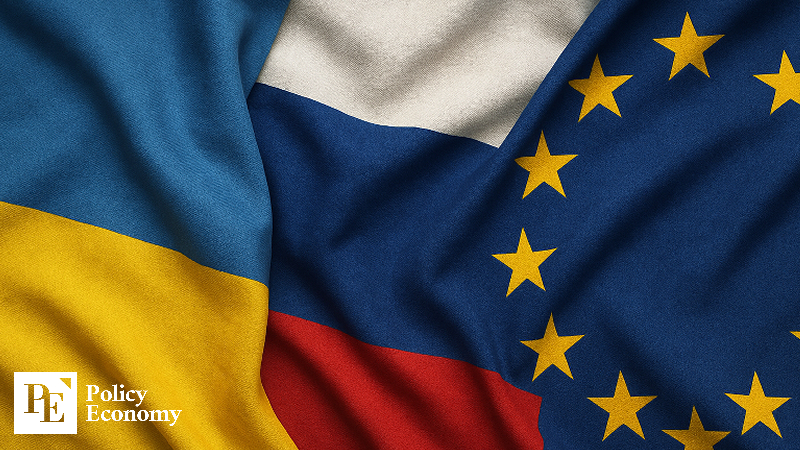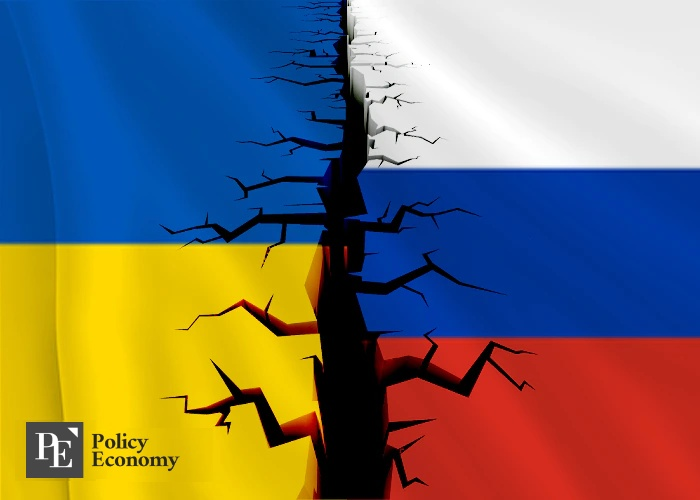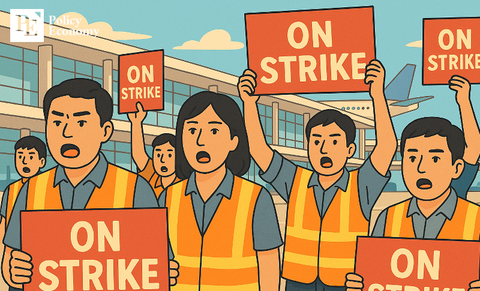“With U.S.–Russia Talks on the 15th Approaching” Ukraine and EU Reject Territorial Concessions
Input
Modified
Ukraine and the EU: “No Territorial Concessions to Russia” The U.S. set to discuss related issues with Russia at the meeting on the 15th With mounting war damage, is it time for a ceasefire?

Ukraine and the EU have rejected Russia’s proposed ceasefire and peace terms. Moscow had demanded control over the Donbas border region as a precondition for ending hostilities, but Kyiv and Brussels firmly refused, saying such territorial concessions are unacceptable. The U.S. is expected to address the issue during the upcoming U.S.-Russia summit in Alaska.
EU and Ukraine Push Back Against Russia
On the 9th (local time), Ukrainian President Volodymyr Zelensky reaffirmed his opposition to ceding any territory. Through social media, he stated, “We will not gift our land to occupiers,” adding that “the answer to the territorial issue lies in our Constitution, which prohibits such concessions, and no one can override it.” He also emphasized, “Any decision made without Ukraine’s participation is a decision against peace — a dead decision that will achieve nothing.”
Europe expressed the same stance. Citing a senior EU official, The Wall Street Journal reported that the EU has conveyed to the U.S. that negotiations involving unilateral concessions such as territorial transfers during wartime are unacceptable. European leaders reportedly reiterated this position at a U.S.-UK-EU-Ukraine national security advisers’ meeting held at Chevening House in Kent, co-chaired by U.S. Vice President J.D. Vance and UK Foreign Secretary David Lammy.
On the 10th, European leaders issued a joint statement declaring, “We remain committed to the principle that borders must not be changed by force,” and stressed that “the current contact line should be the starting point for negotiations.” The statement was endorsed by UK Prime Minister Keir Starmer, European Commission President Ursula von der Leyen, and the leaders of France, Germany, Italy, Poland, and Finland.
U.S.-Russia Alaska Summit Just Ahead
Ukraine and Europe’s unified stance stems from Russia’s recent proposal to make territorial concessions a condition for a ceasefire. According to The Wall Street Journal, on the 6th, President Vladimir Putin met with U.S. special envoy Steve Witkoff in Russia and suggested, “Hand over Donbas (Donetsk and Luhansk) and we will agree to a ceasefire.” Russia currently controls all of Luhansk and most of Donetsk. If accepted, the deal would give Russia control over Donetsk, Luhansk, and Crimea, which it forcibly annexed in 2014.
U.S. President Donald Trump is set to meet Putin in Alaska on the 15th to discuss the matter. This will mark the first U.S.-Russia summit since before Russia’s invasion of Ukraine in 2021, and the first in-person meeting between Trump and Putin since 2019. While outlets like NBC have reported that the White House is considering inviting President Volodymyr Zelensky to Alaska, his attendance has not yet been confirmed.
With the summit date fast approaching, diplomatic efforts for a “last-minute mediation” are in full swing. Bloomberg reports that European leaders are seeking to speak with President Trump beforehand, aiming to clearly communicate Europe’s position and minimize differences with the U.S. in shaping a negotiation strategy with Putin. On the 10th, Vice President J.D. Vance told Fox News that it “would not be productive” for Putin to meet Zelensky before the 15th summit but confirmed that the White House is working toward a possible trilateral meeting.

War Casualties in Russia and Ukraine
Analysts are increasingly leaning toward the view that a ceasefire may be on the horizon, given the scale of losses sustained after more than three years of war. According to a report released in June by the UK Defence Intelligence, over 200,000 Russian casualties have been recorded in 2025 alone. Ukraine’s Joint Chiefs of Staff also estimate that Russian forces are suffering more than 1,250 casualties per day.
One key factor behind Russia’s mounting losses is its aggressive “human wave” tactics. The UK Defence Intelligence notes that Moscow is likely to continue its “meat grinder” strategy—deploying large numbers of troops to pressure Ukrainian defenses—so long as such losses do not significantly erode public or elite support for the war.
Ukraine has not recently disclosed detailed casualty figures, but in December last year, President Volodymyr Zelensky stated that 43,000 Ukrainian soldiers had been killed and 370,000 wounded. Ukraine’s reliance on defensive tactics, including heavy use of drones, its smaller pool of mobilizable manpower compared with Russia, and its emphasis on troop safety mean its human losses are likely lower. Nevertheless, the country has suffered immense economic and infrastructure damage from the prolonged conflict. The United States, which has been a key provider of aid, has also borne substantial financial costs.





















